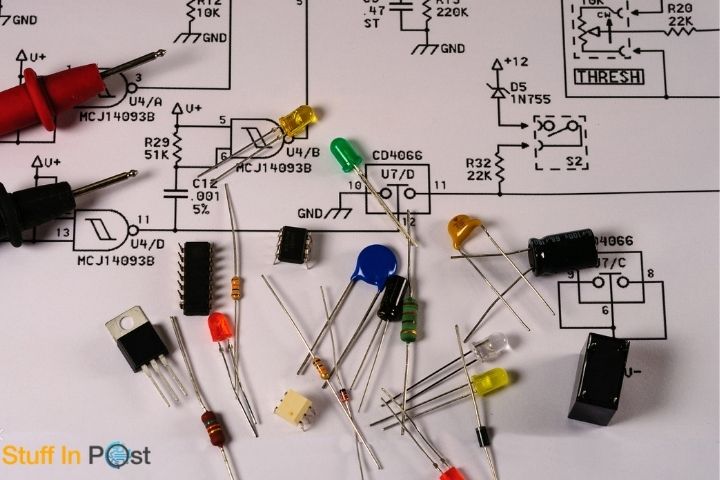What Are The Components Of Electrical Circuits?

One of the main tasks while setting up a business is to install a proper electrical or electronic system. This makes sure that your business equipment gets the required power. A digital multimeter can be used for testing and troubleshooting your electrical circuits and its components.
But what are the main components in an electrical circuit that control your vital equipment and applications?
Let us take a look at the components in detail.
The Energy Source
For all your office electrical applications and equipment, you need an energy source that provides voltage and current to energise the device attached to it.
An energy source could be a power source, such as your batteries, solar panels, power supplied from a power plant or generated by a hydroelectric dam. Alternatively, the energy source could also be a current power source, i.e. a constant current of energy regardless of voltage. Constant current circuits are incorporated into LEDs that require a constant level of current to keep it from burning out.
The Conductor
Another vital component is a conductor – it offers a path through which the energy flows and interconnects all the other parts of the circuit. In some cases, the energy not just flows to the load but also back to the source. The extent of energy required for a circuit (according to the load device) defines the gauge of the wire that forms the circuit conductor. Copper wires or conductive traces are used in most electrical circuits.
The Switch
The switch is the controller that closes (continues) or opens (breaks) the electrical energy flow within the circuit. A wide variety of circuit switches exist; like the wall switches in your office, pushbuttons and key toggles in your electrical mechanisms, and more recently, the biometric devices that control access to your sensitive applications.
A closed-circuit switch can be either a sustained contact or a transient contact. A sustained contact maintains a constant flow of energy in the circuit. A light switch is the best example of this type of circuit switch. A transient contact provides energy flow to the circuit only when a button is pushed or engaged. As soon as the button is released, the circuit opens again.
The Load
Any device attached to an electrical circuit, like your office equipment, coolers, heaters, etc., which is activated or energised by the flow of electricity delivers the electrical load on the circuit. A load is the amount of electrical energy used by the device to complete its task. The electrical consumption of a load is measured in watts, which is equal to the current (amps) multiplied by the volts on the circuit.
Resistor
The resistor is a passive two-terminal electrical component that applies electrical resistance in a circuit. They are used to reduce current flow, divide voltages, and terminate transmission, among other uses.
Whether you are a small business or a large corporation, an efficient electrical circuit manages your systems well. It is also important to use a multimeter for troubleshooting your electrical circuits and measuring circuit parameters.
Also Read : How To Be A Growth Hacker


